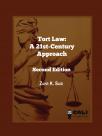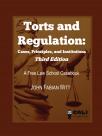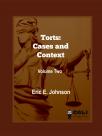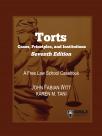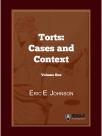This is an Interactive Casebook
The online Lawbooks version offers embedded interactive questions to help students understand and apply the material as they learn it.
This casebook is also available as a PDF, in Word, and in print. The PDF and Word versions include direct links to the interactive questions on the Lawbooks website.
Description
Tort Law: A 21st-Century Approach (TL21C) introduces students to tort law with a set of cases and methods that have been updated for 21st century legal education. This is the Second Edition. Pairing classic cases with a host of recent, lesser-known cases, the casebook deliberately provides opportunities to engage with issues of race, gender, sexual orientation, ability, class as well as fundamental questions of civil justice. The book’s introduction diverges from the standard method of teaching torts, by framing the subject matter in terms of the three primary regimes of tort law—negligence, strict liability and the intentional torts—and by setting the stakes for questions of policy from the outset.
